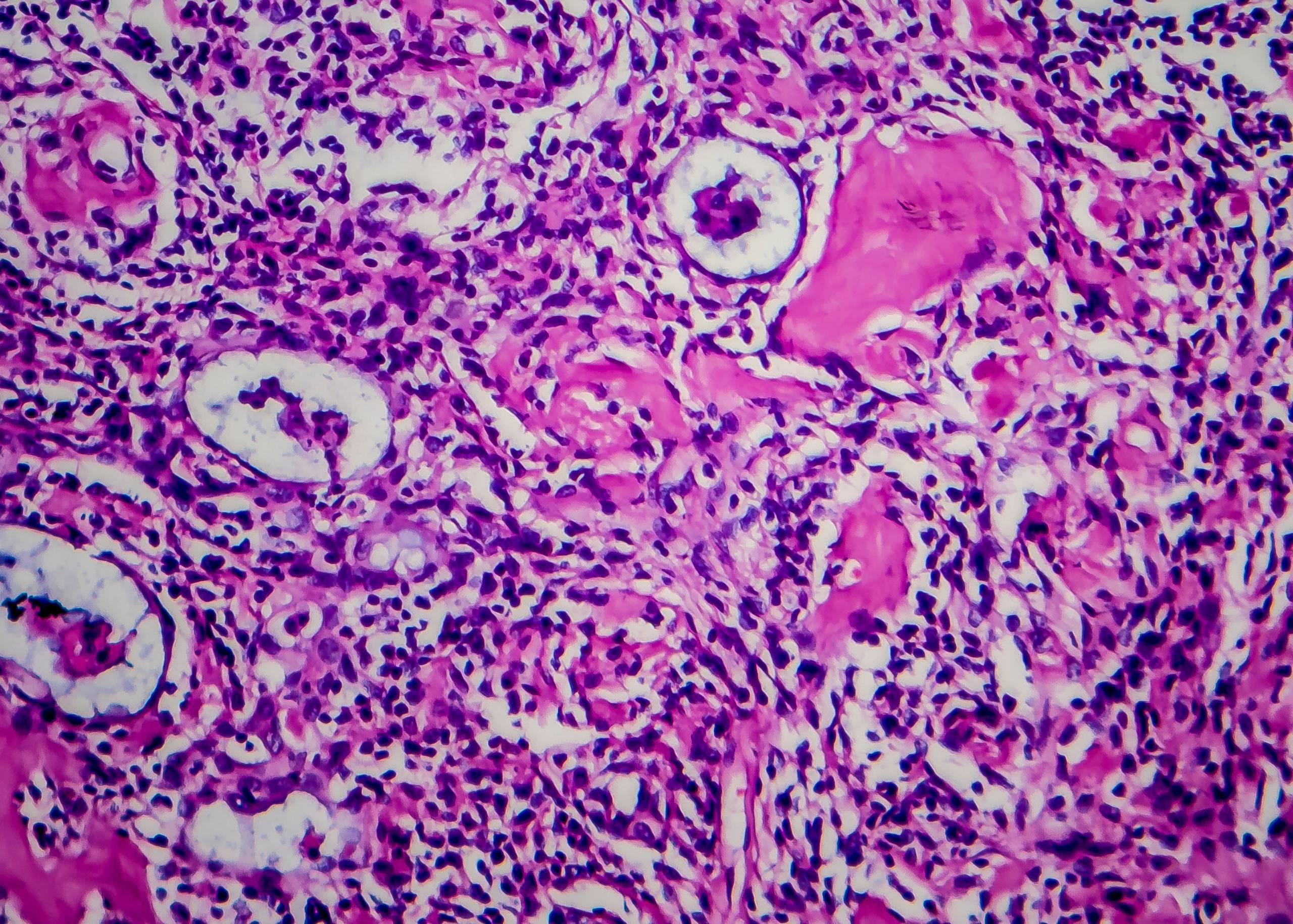Hodgkin lymphoma is a cancer of the lymphatic system. The lymphatic system is a network of glands, nodes, and channels producing lymph fluid. The lymphatic system helps the body fight infection by removing bacteria and other foreign substances from the blood. It also helps fight cancers and tumors by making special proteins called antibodies.
It affects the lymph nodes and other parts of the immune system. It usually progresses slowly but can be life-threatening if it spreads to other organs like the lungs or bone marrow.
Hodgkin lymphoma is named for description by Thomas Hodgkin and his colleagues at Guy’s Hospital in London in 1832.
Types of Hodgkin Lymphoma
There are four main types:
Nodular Sclerosing Hodgkin Lymphoma (NSHL) is a rare form of Hodgkin lymphoma with a distinctive appearance. It is characterized by large, solid tumors that are sessile and have no capsule. These nodules are surrounded by a thin rim of reactive cells, which can appear as a pale halo surrounding the nodule on CT scans. The lesions may be solitary or multiple and can occur anywhere in the body.
Nodular Lymphocyte Predominant Hodgkin Lymphoma (NLPHL) is a rare, aggressive form of non-Hodgkin lymphoma. A distinctive pattern of histology and molecular alterations characterizes it. Affected individuals are typically younger than those who have other types, and the disease tends to be more aggressive in its early stages.
Lymphocyte Rich Classical Hodgkin Lymphoma (LRCH) is a type of Hodgkin lymphoma that is characterized by an abundance of lymphocytes (white blood cells), which are the main component of the immune system. It is also known as “nodular sclerosis classical Hodgkin lymphoma” or “nodular lymphocyte predominant Hodgkin lymphoma.” The term “nodular” refers to the characteristic tumor nodules appearing in Hodgkin lymphoma. In contrast, there are fewer or no nodules in most other forms. Two types of LRCH exist type 1, which has a more favorable prognosis than type 2 and type 2, which has a worse prognosis than type 1.
Mixed Cellularity Classical Hodgkin Lymphoma (MCCL) is a form that has cells with both Reed-Sternberg and non-Reed-Sternberg features. It is more common in older adults than other types.
Symptoms of Hodgkin Lymphoma
The most common symptoms are:
- Painless swelling of the neck, underarms, or groin
- A fever that lasts for more than 3 days
- Night sweats
- Weight loss for no known reason
Causes of Hodgkin Lymphoma
The cause of this disease is unknown, but research has shown that it could be linked to genetics and lifestyle factors. In particular, a person’s risk of developing the condition increases if they have a family history of the illness or if they have been exposed to certain environmental factors like radiation or chemicals.
Risk Factors of Hodgkin Lymphoma
The risk factors include,
Age. Hodgkin lymphoma is most common in people between the ages of 15 and 30, with the highest rates occurring among those between 20 and 24 years old. While it can occur at any age, it is rare in children younger than 10.
Gender. Males are more likely to develop the condition than females. However, it is important to note that this difference may be due in part to the fact that men are more likely to seek medical care when they experience symptoms.
Ethnicity. Caucasians are more likely to develop the condition than Asians or African Americans.
Family History. People who have a parent or sibling with Hodgkin lymphoma have an increased risk of developing it themselves. In addition, there is evidence that suggests having multiple family members with the condition can increase your risk by two times compared with someone who does not have this family history.
Diagnosis
Tests and procedures used to diagnose the condition include the following:
Physical Exam: The doctor will examine you, checking for swollen lymph nodes in your neck, underarm area, or groin. They’ll also check your skin for signs of infection and look at your body for any other abnormalities.
Blood Tests: A blood test can confirm the presence of Hodgkin’s lymphoma by looking for increased levels of a protein called LDH (lactate dehydrogenase). Chest X-ray: An X-ray can help determine whether you have any enlarged lymph nodes in your lungs or chest wall. It may also show signs of lung damage from cancer treatment.
CT Scan: A computed tomography (CT) scan uses X-rays to make detailed pictures of areas inside the body, including the lymph nodes. This test can determine if there are enlarged lymph nodes and whether they contain cancer cells.
MRI: Magnetic resonance imaging (MRI) uses a strong magnetic field and radio waves to make detailed pictures of areas inside the body without using X-rays. It can help doctors see tumors that are difficult for CT scans to detect.
Lymph Node Biopsy: The doctor will use a needle to remove several small tissue samples from your lymph nodes for testing in the lab. In some cases, this may be done under sedation or general anesthesia so the procedure doesn’t cause pain or discomfort.
Treatment
Treatment involves chemotherapy, radiation therapy, and stem cell transplantation.
Chemotherapy is used to treat both stages 1 and 2 of Hodgkin lymphoma. The goal is to destroy cancer cells with drugs against fast-growing cells. Chemotherapy may be combined with radiation therapy or surgery to treat the condition.
Radiation therapy uses high-energy rays or particles to kill cancer cells. Radiation therapy may be used alone or in combination with chemotherapy to treat the condition.
Stem cell transplantation is used if your doctor thinks your disease has come back after treatment (recalled) or if you have advanced stage 3 or 4 Hodgkin lymphoma. Stem cells are immature blood cells that can become any blood cell in your body when they mature. Stem cell transplants replace your unhealthy bone marrow with healthy donor bone marrow.
Hematologists and Bone Marrow Transplanation experts at Burjeel Medical City, Abu Dhabi, treat Hodgkin lymphoma and other blood disorders.







